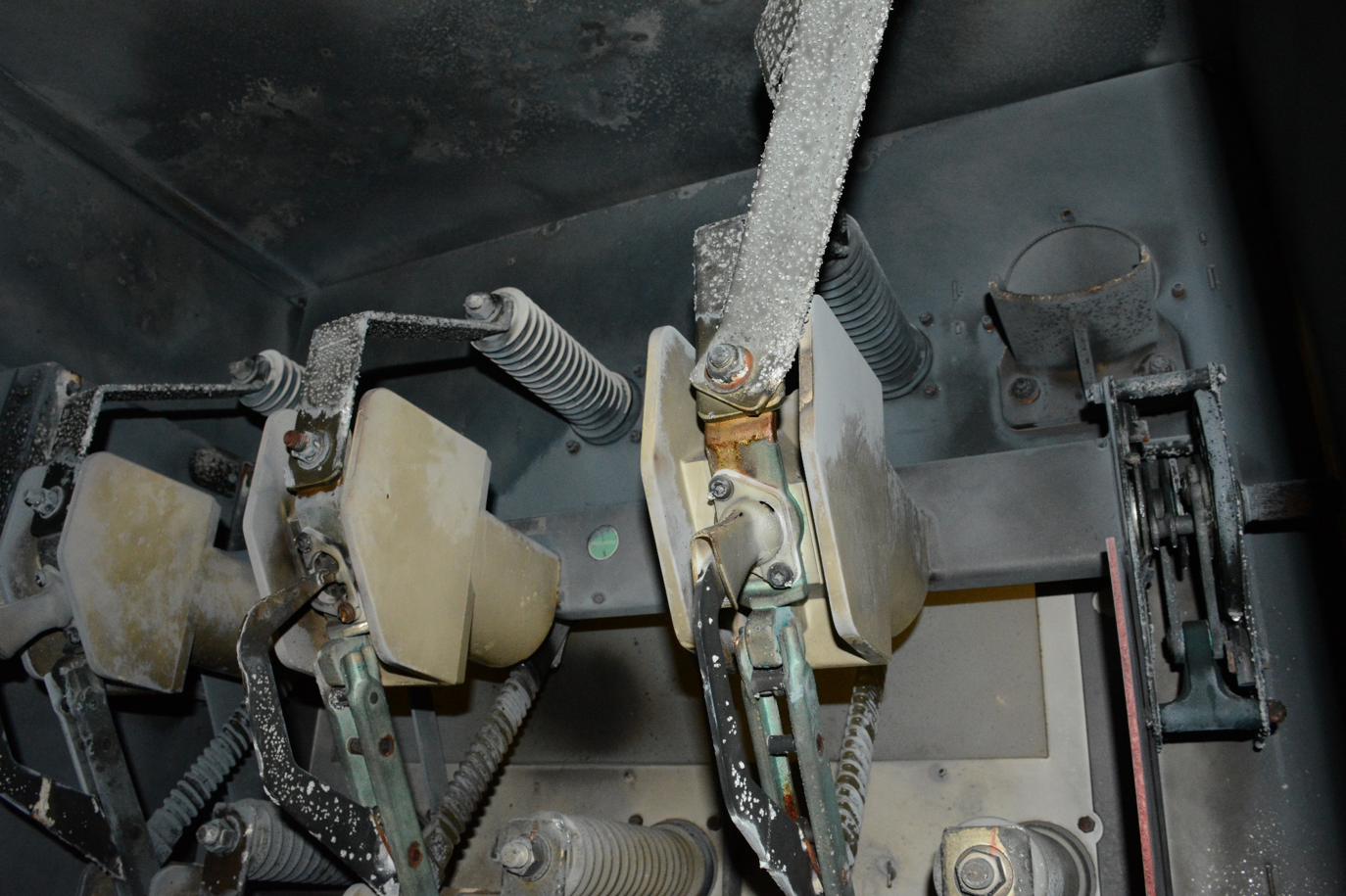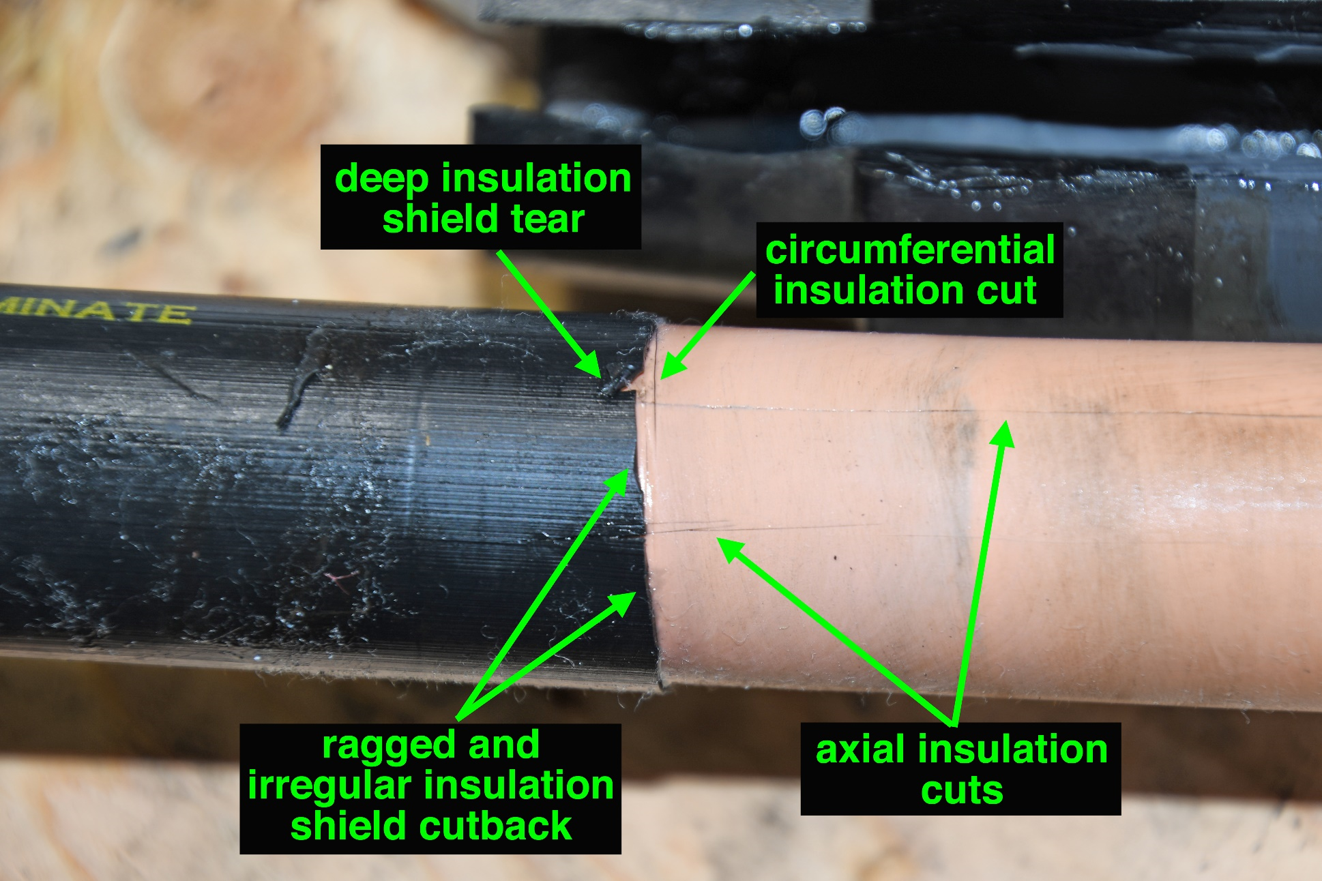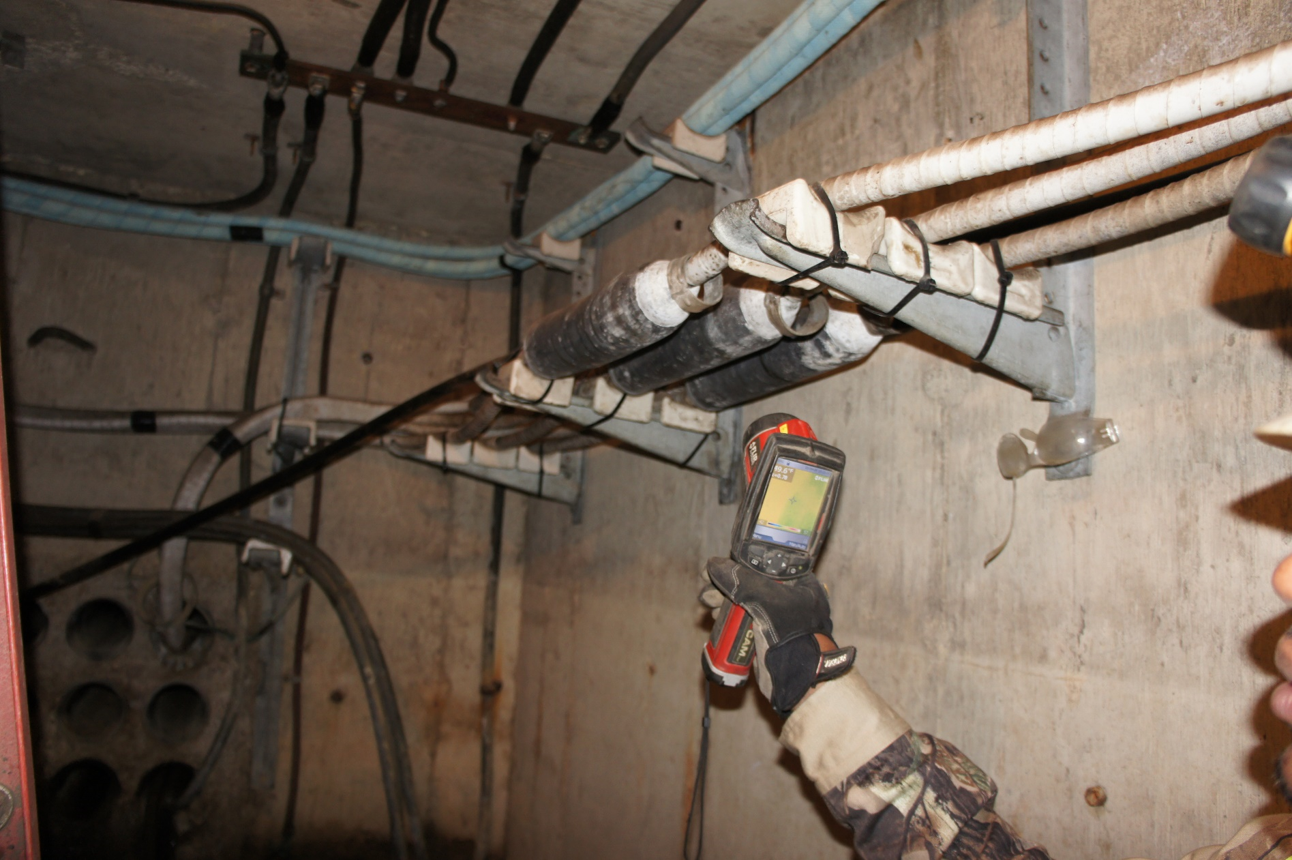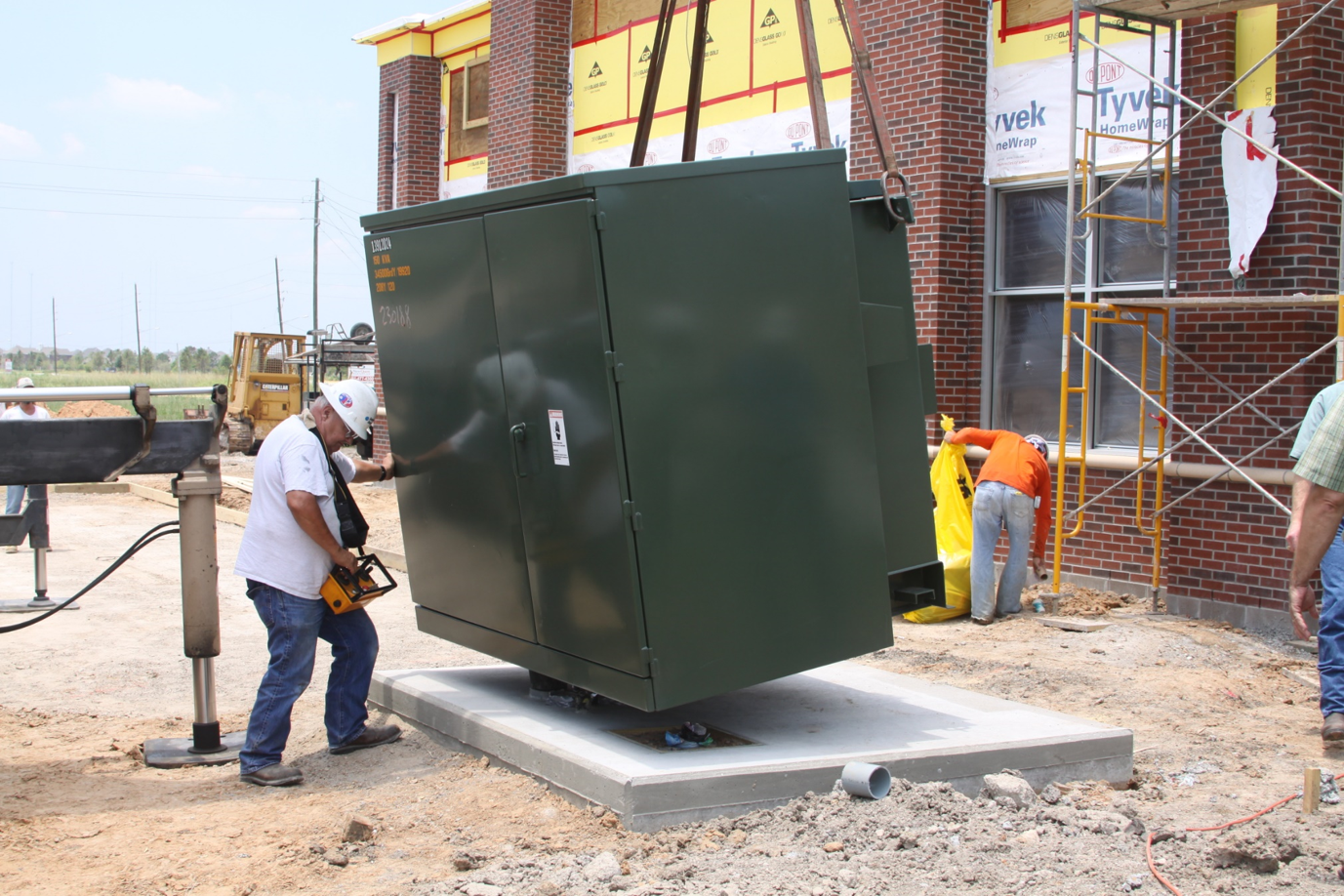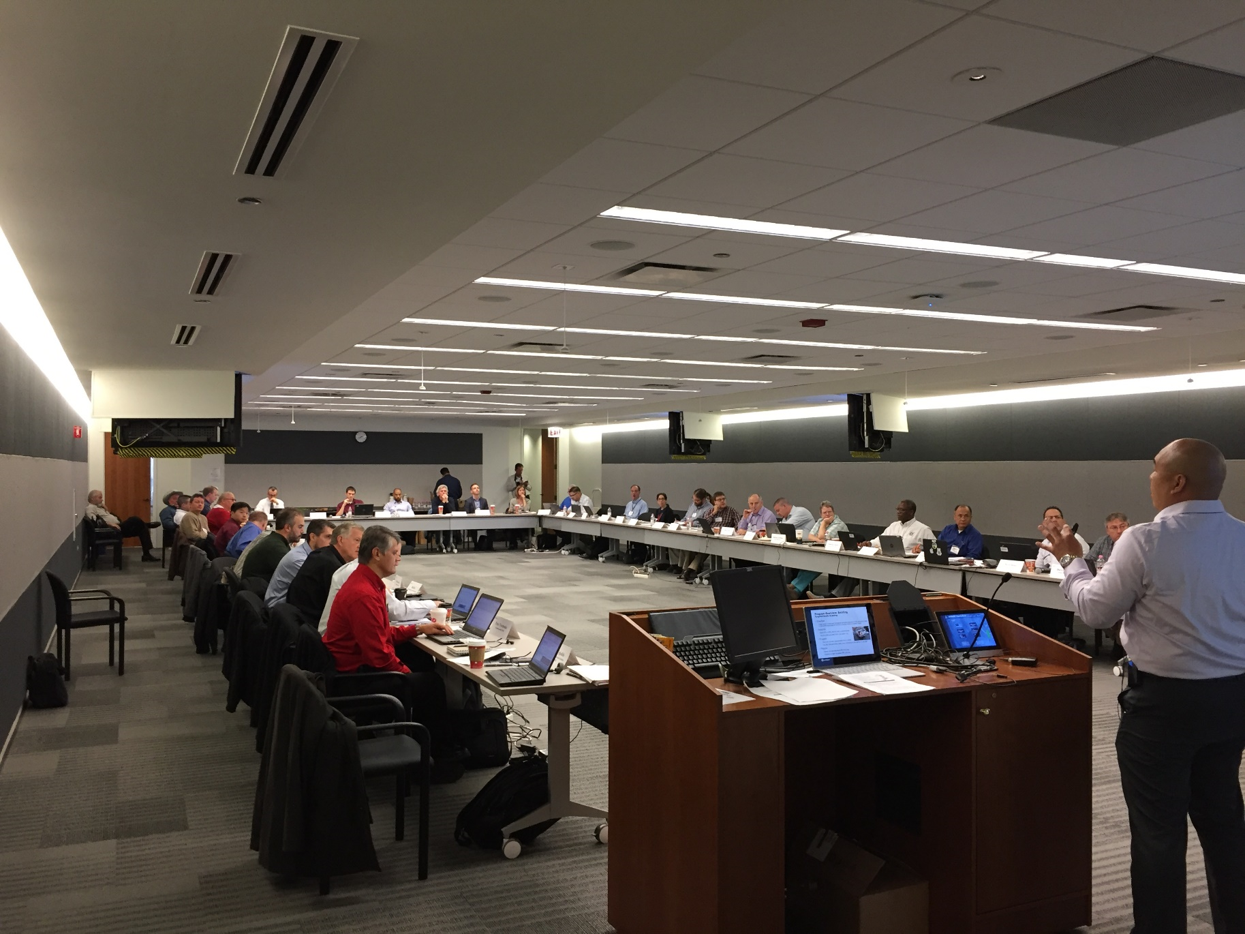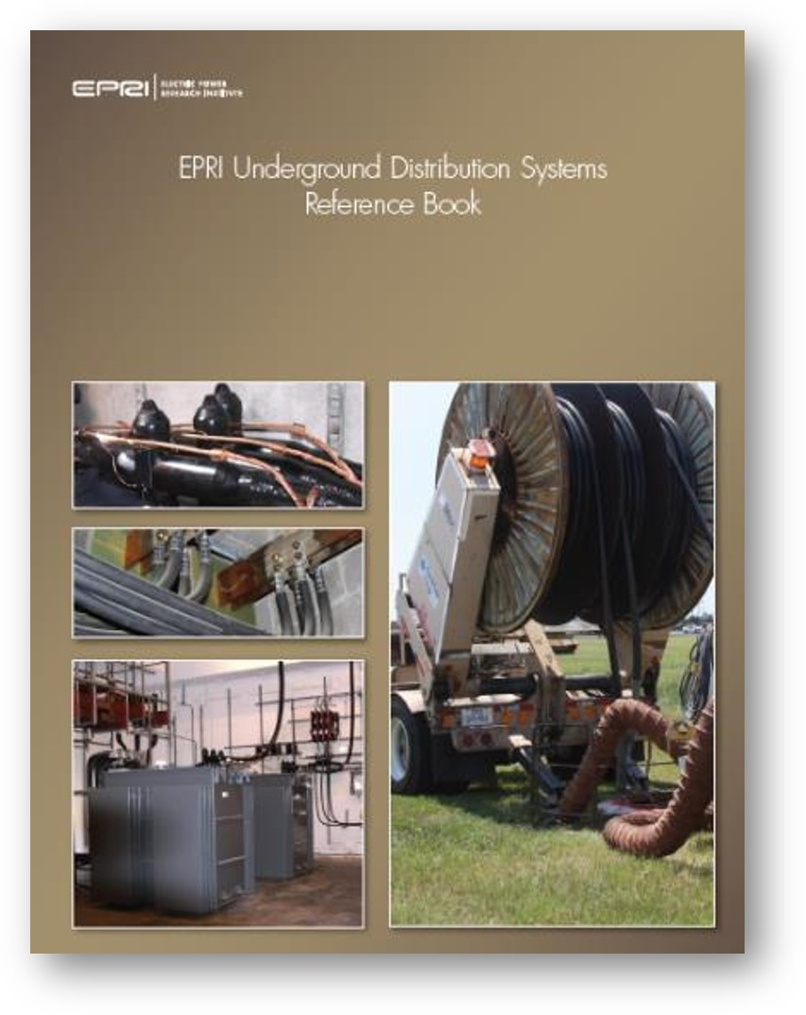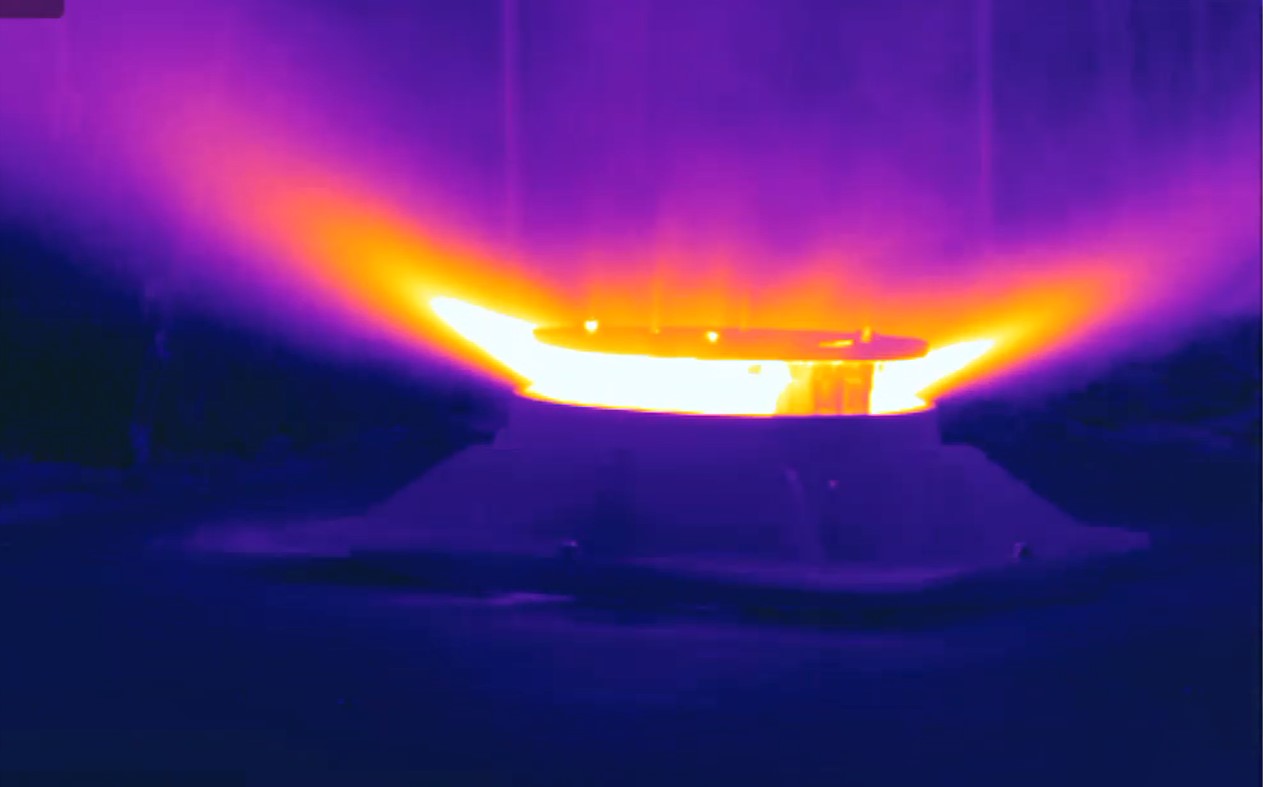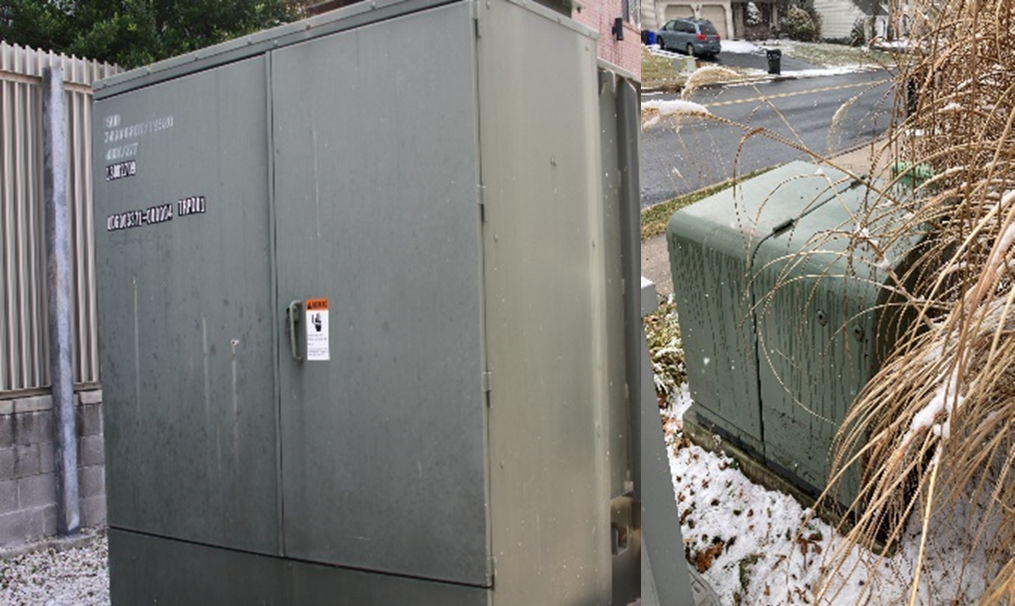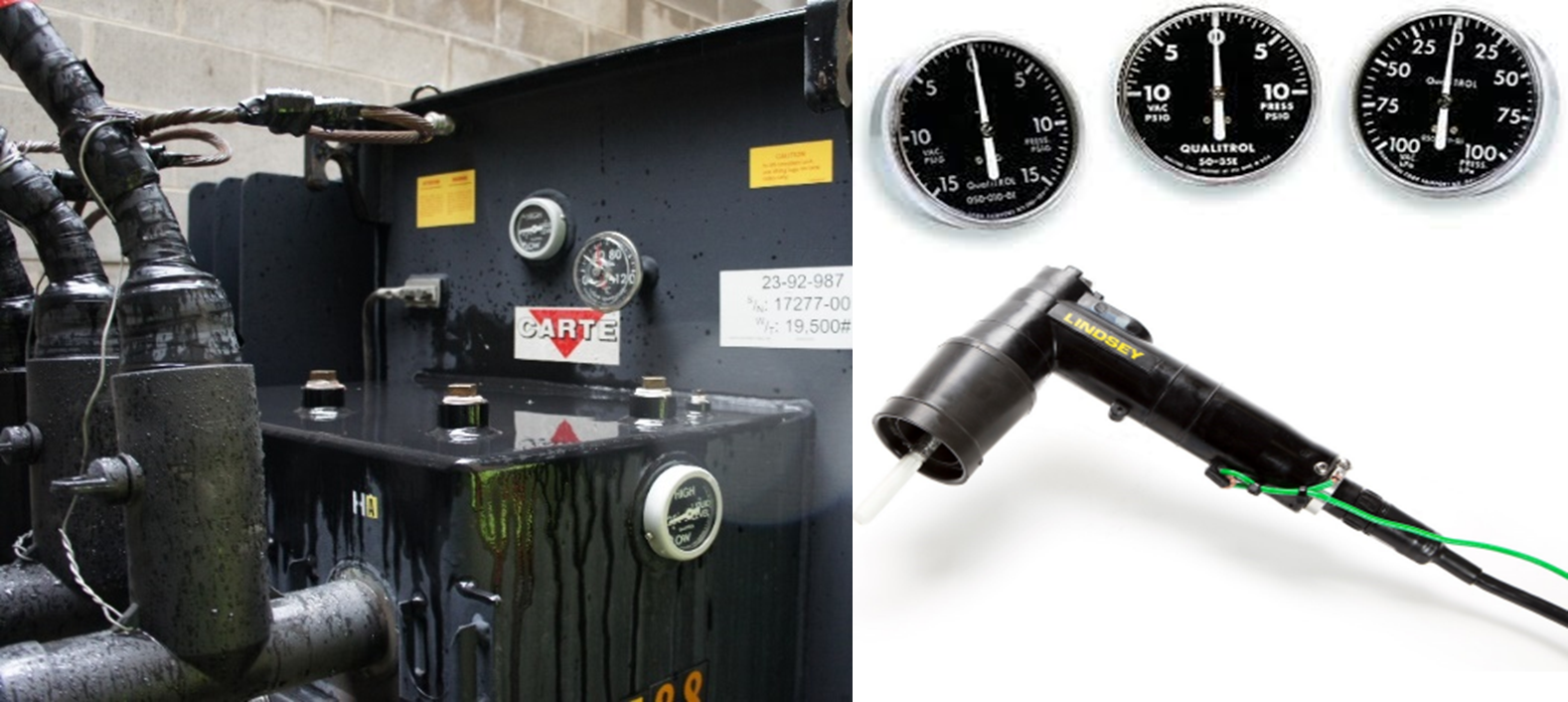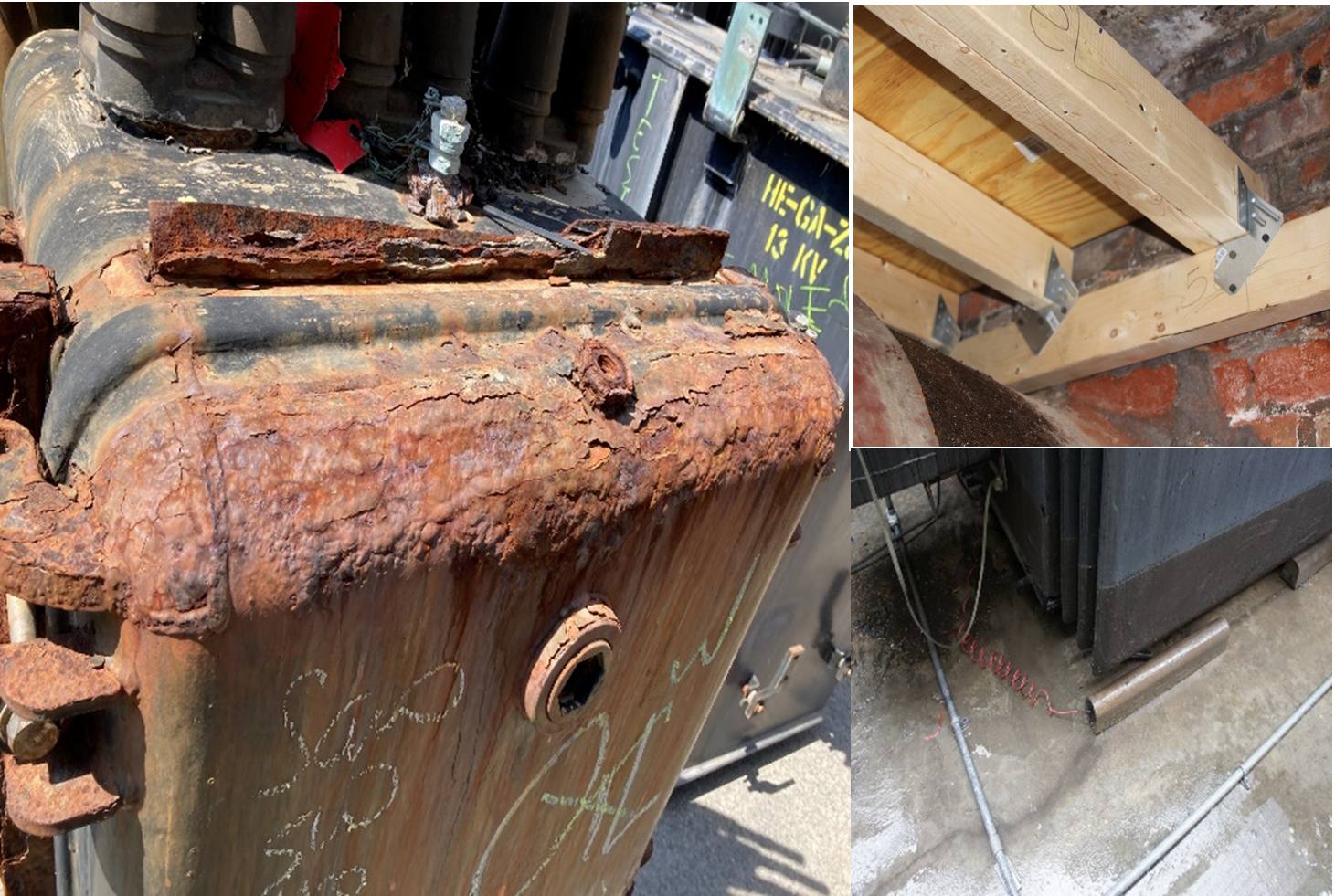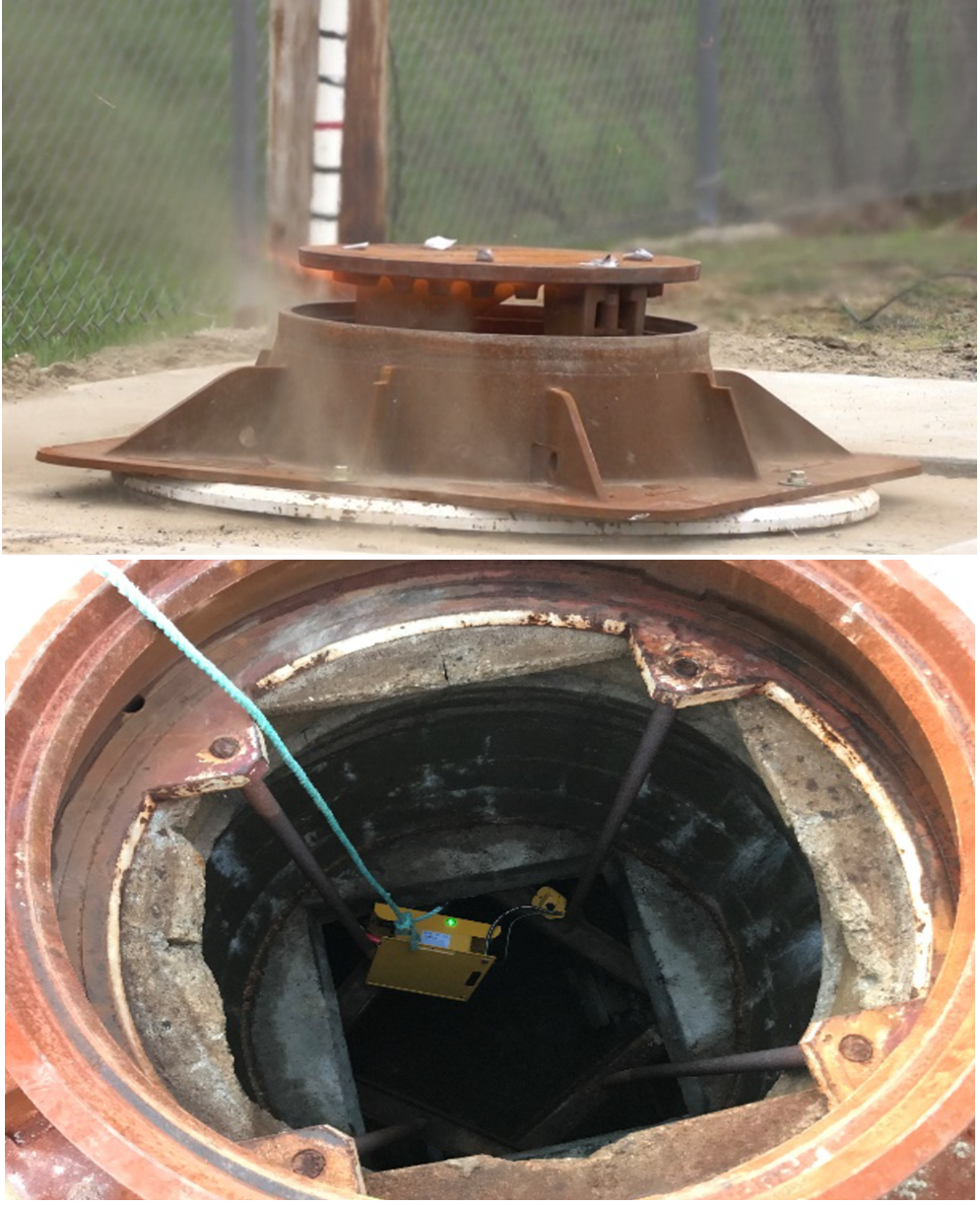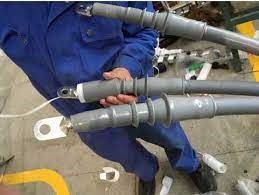Project Description
Key Research Question
Utility companies that own and operate underground distribution systems face a number of challenges and changing needs. Installing and maintaining underground infrastructure is challenging due to its accessibility. Additionally, installed underground distribution infrastructure is aging, and much of the early installed plant is reaching the end of its useful life. Utility managers are charged with managing costs, improving system reliability and resiliency, increasing power throughput, and improving the health and safety of workers and the public. In addition, significant changes to underground electric distribution systems are underway, including the application of new load types, new distributed generation sources, new equipment and materials, and automation technologies. At the same time, many utilities are losing their institutional knowledge due to worker attrition.
This research aims to produce results that support utility managers in addressing these challenges, including the knowledge to better acquire, maintain, and optimize underground distribution infrastructure. These results can improve the industry’s understanding of the expected performance, failure modes, and service life of underground assets. Key focus areas include:
- Understanding asset aging and degradation mechanisms to inform asset specification, diagnostic, and maintenance approaches
- Identifying effective inspection, assessment, and maintenance approaches to understand asset health, extend asset life, and inform investment decisions
- Identifying, capturing, and sharing key practices and knowledge for managing underground distribution systems
Objective
This objective of this research is to produce results to support utilities as they manage underground distribution systems, where the challenges include dealing with aging plant, assessing asset health and performance, improving specification and selection, and understanding and leveraging new technologies. This research also emphasizes knowledge capture and transfer to address the challenge of maintaining expertise in managing underground distribution systems.
Results take the form of reports, online repositories, and guidebooks, including periodic updates to the Underground Distribution Systems Reference Book (The Bronze Book).
Approach
Research will be provided in multiple forms, including:
- Results from experimentation and analysis
- Evaluation and demonstration of advanced tools and equipment
- Reference books, practical manuals, and field guides
- Workshops, meetings, and webcasts
2023 Research Tasks
Underground Asset Health and Performance
-
Underground Switch Automation Forensics: This research area investigates medium-voltage underground switch life-cycle performance. As automated devices are increasingly being added to underground system designs, 2023 research is planned to focus on the expected long term performance of the automation associated with underground switches, including investigation of degradation and failure modes. Research results can inform equipment specifications and inspection and maintenance approaches, reducing the likelihood of failure and aiding utilities in optimizing the life-cycle performance of these devices. In addition, EPRI will continue to develop content for inclusion in a Medium Voltage Switch Design Review and Condition Assessment Reference Guide from findings from multiple historic forensic examinations of UG switches of various types.
-
Cable and Cable Accessory Performance: This research task will investigate cable and cable accessories, including joints, terminations, and separable connectors, to understand their life-cycle performance. New components will be subjected to accelerated aging in the laboratory to expose degradation and failure modes. Forensics may be performed on aged/failed units supplied by utilities. For 2023, EPRI plans to investigate cable materials which are newer to the market, such as lead free EPR and EAM insulated cables. Research plans include material analyses and exploration of new cable material behavior when subjected to traditional cable diagnostic techniques and on line monitoring. Findings can be used to inform equipment specifications, inspection and maintenance approaches, and workmanship practices, resulting in reduced system operating costs and enhanced reliability. A goal of this research is to develop visual tools for aiding field workers in the proper construction of cable accessories.
-
Diagnostics: This task will continue research into the use of various diagnostic techniques for underground systems and cable accessories, including research aimed at informing trigger points for action. Planned activities for 2023 include continued examination of heating in medium voltage components under different conditions to inform the use of infrared thermography, leveraging an energized test bed at EPRI’s Lenox laboratory.
-
Monitoring of Network Transformers: In 2023, EPRI will continue a multi - year research effort to examine the performance of a single gas submersible dissolved gas monitor, with a focus on monitor efficacy when used with alternate network transformer insulating fluids. In addition, EPRI will continue to research network transformer monitoring and investigate trigger points for action associated with monitored conditions.
Structures
-
UG Structure Events: This research focuses on understanding the causes of underground structure (manholes and vaults) events, determining methods to identify precursors to such events, and assessing various event mitigation systems. In 2022, EPRI completed a multiyear research project that tested new and aged low-voltage cable materials to understand the types and production rates of gases formed when cables are subjected to overheating and arcing. For 2023, EPRI will experiment with alternate sensors and placement approaches for gas monitoring informed by this research. In addition, EPRI will continue research into detection of other (non-gas) manhole event precursors. The goal of this research is improved tools for identifying event precursors.
-
Underground Structure and Equipment Corrosion Mitigation: Underground structures and equipment are exposed to environmental factors that can cause corrosion. For 2022, EPRI began research into corrosion identification and assessment techniques for padmounted equipment, with a focus on gathering inspection findings and images from utilities and on developing guidelines. For 2023, EPRI will continue research in this area with an aim of leveraging AI / image processing technology to assist inspectors in identifying deficiencies in underground structures. In addition, EPRI will expand the focus to include investigation of below ground structure corrosion issues and remediation approaches.
Knowledge Capture and Transfer
- System Practices: EPRI will continue its focus on identifying, assessing, and sharing industry underground practices. For 2023, EPRI plans to focus on selected practice areas, which may include proactive undergrounding, URD/ UCD practices, and urban underground practices.
- Bronze Book Update: The Bronze Book is a reference aimed at utility engineers and personnel involved in the planning, design, manufacture, installation, operation, and maintenance of underground distribution systems. For 2023, EPRI is planning to add content on cable quality.
Research Value
With the knowledge acquired through this research program, distribution underground utility engineers and managers will have access to information and products that can accomplish the following:
- Improve specifications, inspection and maintenance approaches, and workmanship practices associated with underground switches and cable accessories
- Enhance strategic intelligence on emerging technologies
- Increase engineering staff expertise in underground distribution
- Improve the quality in underground distribution system design
- Lower underground distribution maintenance costs
- Gain more accurate and timely knowledge about asset condition and life expectancy
- Improve system reliability and safety and reduce environmental impacts
Task-Force Roles
The Underground Assets Task Force advises the Distribution Underground Assets Project. This task force is generally staffed by subject-matter experts in underground distribution components, and work practices associated with managing underground system, both urban and URD / UCD.
This task force meets several times per year by WebEx or in person. There is usually one in-person meeting per year held in conjunction with the other P180 task forces. The in-person meeting is normally held in either Lenox, MA, or Charlotte, NC.
Members are encouraged to participate in several ways:
- Attend task-force meetings
- Review and comment on reports and findings
- Provide materials for testing or evaluation, including new, aged or failed underground devices
- Provide information on your company’s standards or practices (a survey for example)
- Provide data for analysis, including asset and asset performance data
- Attend testing at EPRI laboratories
- Present to the task force on company issues or initiatives
This task force is also a good opportunity to meet peers at other participating companies, and collaborate to address common challenges.
Common Questions
Who can attend task-force meetings?
- Task-force meetings are for funders of the appropriate P180 project. This includes task-force members and guests from sponsoring companies.
Are there specific membership requirements?
- The only requirement is to fund P180.002, Underground Assets. Membership is rather loose. There are no meeting attendance requirements.
How do I join this task force?
- Just send a request to John Tripolitis, Josh Perkel or Eric Cornwell. Similarly, if you’d like to be removed, let one of them know.
Can my company have more than one task-force member?
- Yes.
Can I share task-force material within my company?
- Yes.
Can I share task-force material outside my company?
- Generally not. There are exceptions, so if you have a need, please contact John Tripolitis.
Are discussions covered by a non-disclosure agreement?
- Yes. All EPRI member agreements include non-disclosure clauses.
If my company isn’t funding this, how can I sign up?
- Each company has their own methods for selecting components of the annual EPRI research portfolio. If my company isn’t funding this, how can I sign up? Technical advisors from EPRI’s member services can also help. Find contact information here.
Supplemental Projects
EPRI participants can engage EPRI with supplemental projects. When a company funds EPRI annual research, 25% of the funds are set aside as self-directed funds (SDF). Utilities can use this to fund supplemental projects. Options for these projects can include:
- Field pilots of technologies
- Integration of research results
- Teardowns of failed equipment
- Test specific equipment or scenarios
New Supplemental Offering
-
Underground Structure Monitoring Guiding Alarm Settings and Monitor Deployment
This project will commence in 2023, but is open to additional participants. Please view the following links for more information on the project: PDF | PPT
-
Evaluation of Aesthetic Wraps for Padmount Equipment
Please view the following links for more information on the project: Link
Supplemental projects can be one-on-one efforts, or projects can be collaborative. Companies allocate their self-directed funds in different ways. Please contact your METT for more information.
For more on supplemental projects, see here. To discuss project ideas, contact John Tripolitis.
Related Research
Collaborative Supplemental Projects
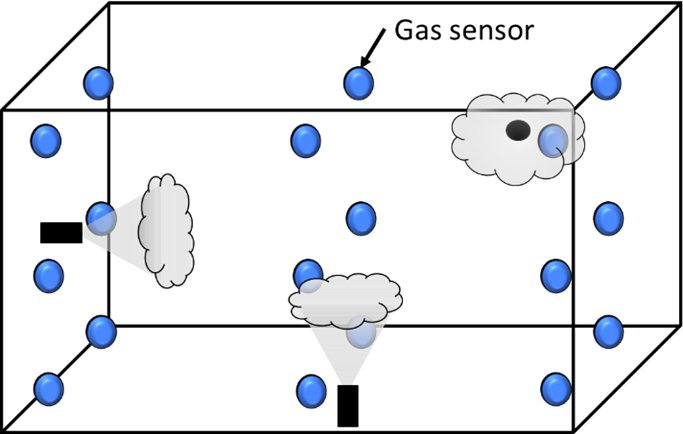
|
Underground Structure Monitoring -Guiding Alarm Settings and Monitor Deployment
As underground cables and components degrade, they can generate a variety of gases from chemical reactions caused by heating, overheating, arcing, and general aging. These gases may be combustible and, should the presence of these gases not be identified, can build up and lead to an explosive event which can endanger the public, utility workers, and damage equipment. This research is expected to increase industry understanding of combustible gas behavior in underground structures to inform detection sensor placement within the structures, required sensitivities, and alarm settings. Findings from this research will enable utilities to better leverage underground structure monitoring technologies to identify precursor conditions of underground structure events, enabling them to respond and minimize or prevent these events from occurring, and increase public safety. This project will commence in 2023, but is open to additional participants. Please view the following links for more information on the project: PDF | PPT |

|
Evaluation of Aesthetic Wraps for Padmount Equipment
Proactive undergrounding is an effective strategy for improving distribution system resilience and is being increasingly deployed by utilities. One challenge to installing padmount equipment is securing the necessary permissions from property owners, as existing overhead line easements may not be directly transferable to new underground designs. To increase the acceptance of padmount equipment, some utilities are considering offering aesthetic wraps on the equipment. Aesthetic wraps are often applied to vehicles for advertising purposes. However, little is known about the longevity or impact of these wraps on padmount equipment. The objective of this research is to examine the performance of aesthetic wraps and to identify any impacts on the reliability, safety, or operation of the underlying padmount equipment. This research aims to address questions such as: What effects do the wraps have on equipment thermal behavior?; How do such wraps impact the enclosure coating materials (corrosion, paint degradation, etc.)?; Does the presence of a wrap create any worker hazards? ; How long are aesthetic wraps likely to last in the field? This project will provide performance data to help with utility decision-making on the use of aesthetic wrap materials on padmount equipment. Please view the following links for more information on the project: learn more |
For more on supplemental projects, see here. To discuss project ideas, please e-mail John Tripolitis.
Implementation Opportunities
Supplemental projects can also be one-on-one efforts. Companies allocate their self-directed funds in different ways. Options for these projects can include:
- Field pilots of technologies
- Integration of research results
- Teardowns of failed equipment
- Test specific equipment or scenarios
Examples related to current research could include:
- Forensic examination of particular UG components
- Testing performance of a cable accessories in a submerged environment
Services and Capabilities
EPRI has several capabilities available to utilities as part of research work, supplemental projects, or service agreements:
- Arc-flash testing of equipment
- Forensics and material analysis of equipment failures
- Custom tests of Underground components
- Full-scale testing of UG structure events
- Evaluation of online condition monitoring equipment
Other EPRI Underground Research
EPRI research related to distribution underground assets in several other areas
TASK FORCE
P36 Underground Transmission
Underground transmission systems consist of extruded and laminar dielectric cables and accessories.
This program intends to assist utilities in resolving challenges related to design, construction, installation, operation, and maintenance of underground transmission systems. Cross-cutting research addresses issues such as design calculations, cable ratings, and inspection technologies.
Research specific to extruded dielectric cable systems focuses on cable thermo-mechanical behaviors, sensing and monitoring, and component and system aging characteristics. Research specific to laminar dielectric cable systems is concentrated on cable and system diagnostics, buried steel pipe corrosion, and failure root causes.
One project is designed to focus on principles, experiences, and knowledge capture for transmission cable engineers of utilities installing or considering underground transmission lines.
The HVDC Land and Submarine Cable Systems project addresses the emerging issue of grid integration and interconnections and long-distance transmission from remote renewable energy generation sources.
41.05.02 Plant Engineering (Nuclear Sector)
The Plant Engineering Program performs research to inform decisions related to the continued safe, reliable, and efficient operation of nuclear power plants. Research activities address key equipment issues and the effectiveness of plant engineering programs. Active and ongoing research includes but is not limited to: component aging and mitigation (flow-accelerated corrosion, electric cables, buried piping, cathodic protection, nuclear grade coatings, electric relays), system reliability (offsite power, emergency power, single point vulnerabilities), plant performance (heat exchangers, transformers, service water system, plant thermal performance), and other engineering and operational support areas (procurement engineering, seismic qualification, workforce and skills development). The program also supports technology transfer through technical assistance programs, user groups, interest groups, and training.
Program 180: Distribution Systems
Research into automated underground devices is also occurring in P180.003, Distribution Automation project.
